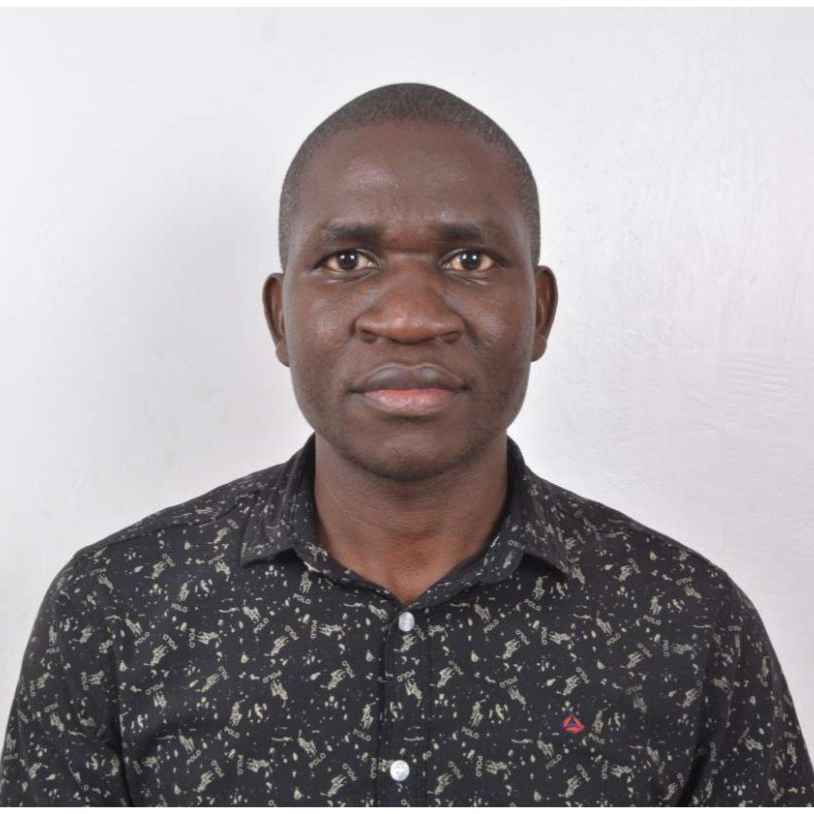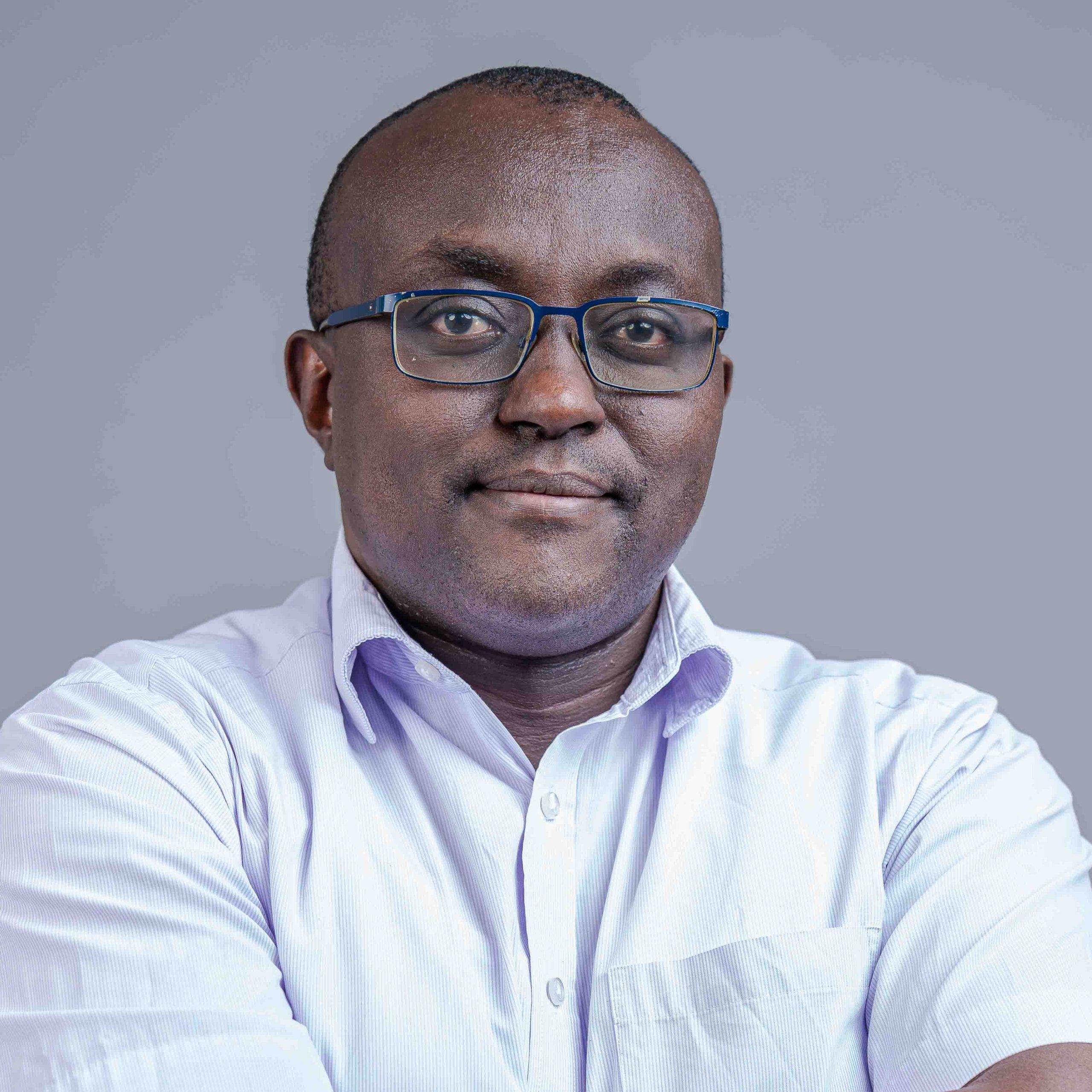CONTRIBUTORS

Charity Waweru-Mwangi
Communications Officer

Paul Otwate
Research Officer

Salma Nanjira Musa-Mkanga
Research Officer

Symon Kariuki
Research Scientist
Albert Einstein once said, “Science without religion is lame; religion without science is blind.” This profound assertion captures the often-underestimated connection between science and religion – two systems of thought that, while distinct, are deeply influential in shaping human understanding, choices, and worldviews about life. In the research and development ecosystem, this intersection between science, religion and by extension culture, can mean the difference between advancing community health and well-being or reinforcing barriers that lead to its stagnation. Nowhere is this intersection more evident than within communities where religious and cultural beliefs guide not only spiritual life but also health-seeking behaviors and acceptance of medical innovations based on research.
A recent Knowledge, Attitudes, and Practices (KAP) survey conducted in Kisumu and Nairobi City Counties offers a compelling lens into this dynamic, specifically in the context of Early Childhood Development (ECD) research involving Magnetic Resonance Imaging (MRI) technology. While MRI — including low-field MRI — represents a non-invasive and revolutionary tool for understanding neurodevelopment in young children, its acceptance within some communities is far from assured. Our findings confirm this, further revealing notable resistance to participation in related research influenced by religious and cultural convictions.
In a focus group discussion, mothers shared, “There are even religious groups that do not allow children to be taken for scans. If a pastor forbids, parents will simply follow his guidance.” Fathers echoed this, noting, “When we look at the perception of community and religious leaders, some do not allow children to be taken to hospital. Some hinder the process, while others are comfortable with it. There is a way they affect [decisions].”
These insights reveal the profound trust invested in religious and community leadership that can, based on the context, either facilitate or hinder the adoption of medical interventions that can save or improve life outcomes of young children.
The Role of Religion in Shaping Health Narratives
Religious leaders occupy an authoritative position within many Kenyan communities, serving not only as spiritual guides but also as custodians of moral, ethical, and social norms. Their endorsement or opposition to medical intervention such as MRI technology often carries greater weight than scientific evidence alone. It can sway parents’ attitudes towards participating in research that involves medical technologies they perceive as contrary to their faith and religious practices. This situation presents both a challenge and an opportunity. The challenge lies in overcoming misconceptions or fears that may arise when scientific tools such as MRI are perceived as alien, unsafe, or spiritually inappropriate. Yet the opportunity lies in recognizing religious and other opinion leaders as potential allies — credible messengers who can contribute to the contextualization of scientific knowledge and procedures within the moral frameworks that their communities trust. This can promote the assimilation of knowledge generated from research or increase participation in new medical procedures, such as MRI scans and other public health interventions.
Science as a Tool, Not an Opponent
It is essential to recognize that science, particularly ECD research, does not exist in isolation from the values, fears, and hopes of the communities it aims to serve. Low-field MRI technology offers immense potential for advancing ECD research, particularly in understanding and tracking neurological and developmental outcomes of young children. For young children, the use of low-field MRI scanners ensures minimal invasiveness while providing critical findings for tracking a child’s development status. Yet, as Einstein pointed out, science must operate with a moral compass, one that considers and respects the concerns of faith, beliefs, and religious practices in communities.
At the same time, resistance rooted solely in religious beliefs risks limiting the benefits of science and should be addressed through evidence-informed sensitization programs. By fostering dialogue and mutual understanding, religious and community leaders can play a pivotal role in dispelling misconceptions about ECD research approaches and embracing science to enhance the health and well-being of their communities.
Bridging the Divide
The findings from the KAP survey reaffirm the need for deliberate collaboration among researchers, religious leaders, and community members in the design, engagement, and implementation of ECD research, as well as in the dissemination of findings. This is not simply a matter of educating communities about technology but fostering spaces for dialogue, trust-building, and shared understanding centered around ECD research. Researchers must engage with these stakeholders, explaining the ethical and practical aspects of MRI technology while creating room for religious leaders to explore how science can complement their teachings, serving the greater good.
Religious and community leaders, with their unique position of influence, are critical stakeholders in the research ecosystem. Their inclusion in the research communication process, not merely as recipients of information but as active partners, is essential for transforming resistance into informed acceptance of research procedures and interventions. Such collaboration can demystify scientific processes, reassure communities of the ethical safeguards in place, and reframe science as a complement, not a contradiction, to faith.